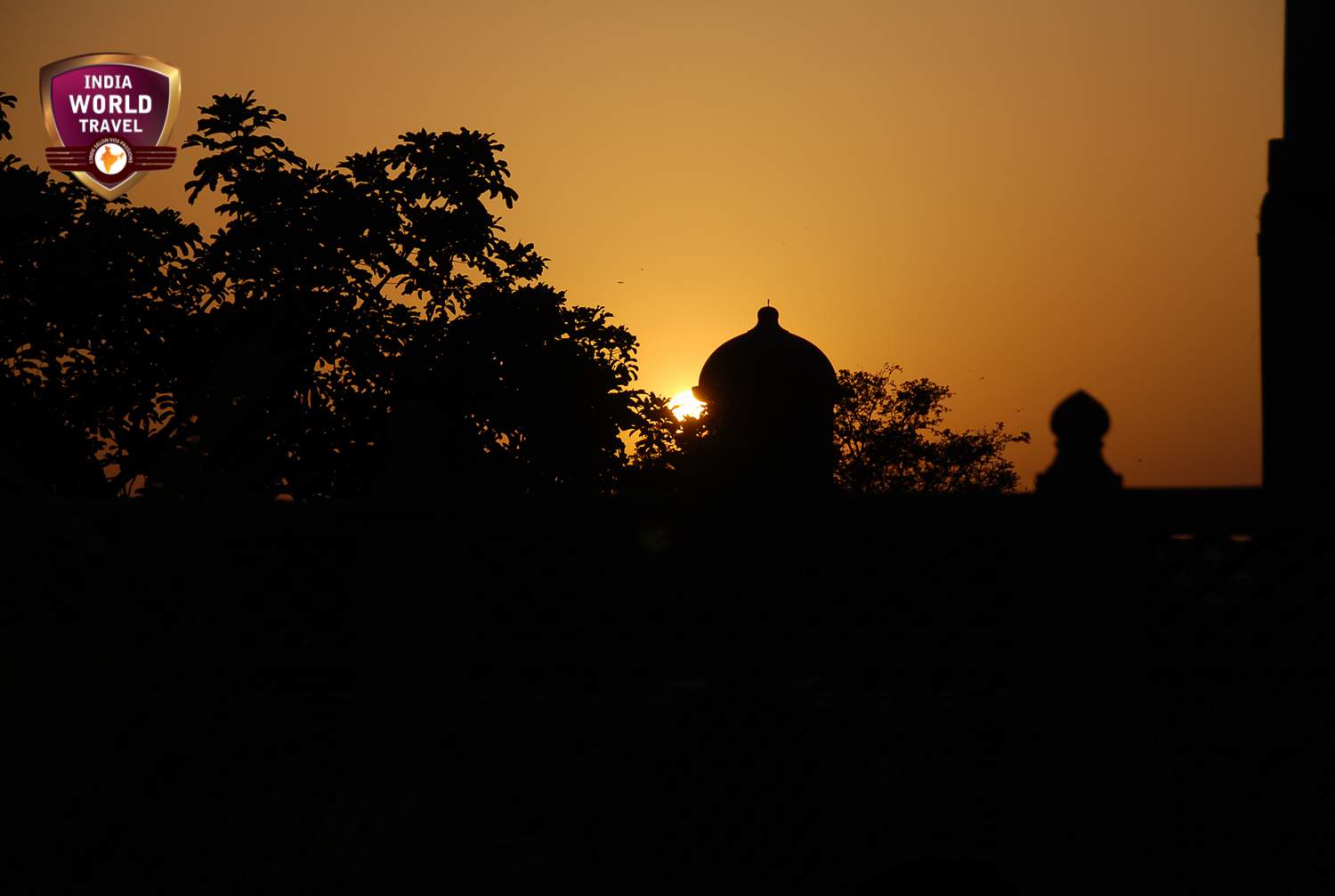Kalaripayattu – The Martial Art of Kerala
In the South Indian languages of Thamizh and Malayalam, the word Kalari signifies two totally different things – the battlefield and the floor where grains are threshed. It also indicated the training ground of martial arts like Payattu. One of the oldest fighting systems this art was prevalent in the in northern and central parts of Kerala, Tamilnadu and the Tulunadu region of Karnataka.
This age old art demands perfect mastery over the eye, body and feet that is acquired through systematic training.
There are customary fencing exercises namely, Body control, twelve spanner, three spanner, dagger, spear and swordplay. In Malayalam they are know respectively as Maiyirakkam, kettukeyari, cheru vadi, otta, kunthapayattu and puliyangam.
Formed from two Sanskrit words, Kalari and Payat, it literally means a military training ground. In those days, the Hindu families of the area formed groups for their own protection and advancement. Each of these groups had their own Kalari and Kavu, a shrine for their diety. The Kalari become the centre of many activities. Not stopping at Payat, martial education, other more scholarly enterprises were included so that the end result was the improvement of both body and mind. Each Kalari was in the charge of a guru who played a very significant role in the community. Arguments were often settled by duels under the guru’s supervision.
All other existing martial arts give importance to defence, and offence and say that attacking enemies is the best technique to protect from harm. However, the ancient martial art of India, Kalaripayattu says to save enemies. For example, if an enemy attack us with or without weapon, our body may get hurt and/or it may cause to death. And it makes him/her a criminal and prisoner. On the other hand, a good kalari practitioner discourages such attacks by self defence and hence protects the life of his enemy. Thus we say that kalari is for saving, not for punishing our enemies.




![[ VOYAGE MOTO AU GUJARAT]
Une expérience hors des sentiers battus à moto
📆 Prochain départ du 16 Dec 29 Dec 2024
🕧 Durée : 16 jours
Plus d'infos, ici 👉 https://rb.gy/y8fbpg
#IndianRides #Gujarat #offbeatTravel #Voyage #moto #AventureMoto #MotoInde #VoyageMoto #IndianEscape #IndianExperience #Inde #IndiaTravelgram #Travelling #Traveling #Traveladdict #voyageaventure #passionvoyage #voyagerloin #voyager](https://www.indianrides.com/motorcycle-tour-blog/wp-content/plugins/instagram-feed/img/placeholder.png)
